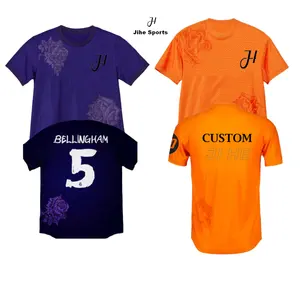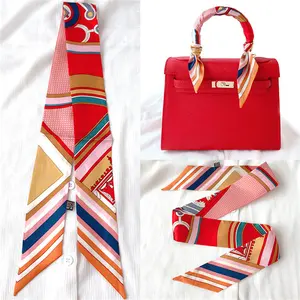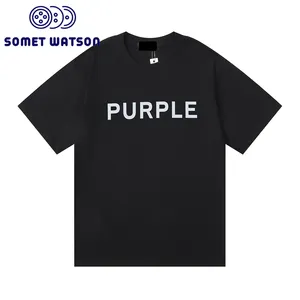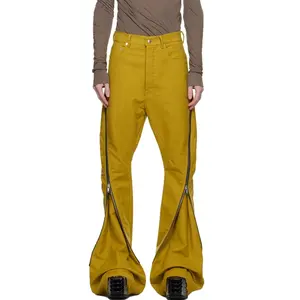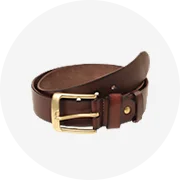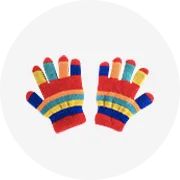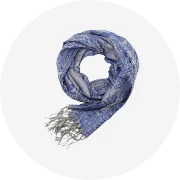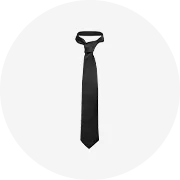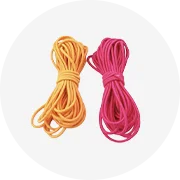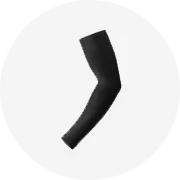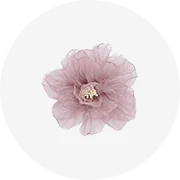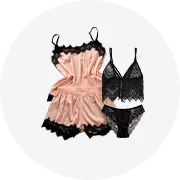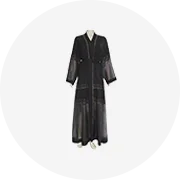Phổ biến trong ngành của bạn


















 Sẵn sàng vận chuyển
Sẵn sàng vận chuyển





















































Các tìm kiếm liên quan:




























































































































































Các danh mục hàng đầu
Giới thiệu về cánh tay máy ảnh có khớp nối
Duyệt qua nhiều lựa chọn. cánh tay máy ảnh có khớp nối có sẵn ở các màu sắc, kích thước và mẫu khác nhau trên Alibaba.com. Một tủ quần áo cần phải có trong cả mùa hè và mùa đông ,. cánh tay máy ảnh có khớp nối giúp bạn trông giản dị nhưng sang trọng, cho dù được sử dụng làm kính râm hay cho một dáng thể thao. Được làm bằng những loại vải chất lượng tốt nhất, những. cánh tay máy ảnh có khớp nối bền và lâu dài.
Tại Alibaba.com, bạn chắc chắn sẽ thấy không thể cưỡng lại được. cánh tay máy ảnh có khớp nối cám dỗ bạn mua nhiều món đồ và xây dựng một tủ quần áo hiện đại để sánh ngang với bất kỳ người có ảnh hưởng nào. Mua sắm ngay bây giờ để nhận được những ưu đãi tốt nhất về các thiết kế có thương hiệu, chất lượng cao do các nhà sản xuất và nhà cung cấp hàng đầu cung cấp, cập nhật các xu hướng mới nhất. Hãy yên tâm về mức giá chưa từng có và nhận được lợi nhuận lớn nhất cho số tiền của bạn.
